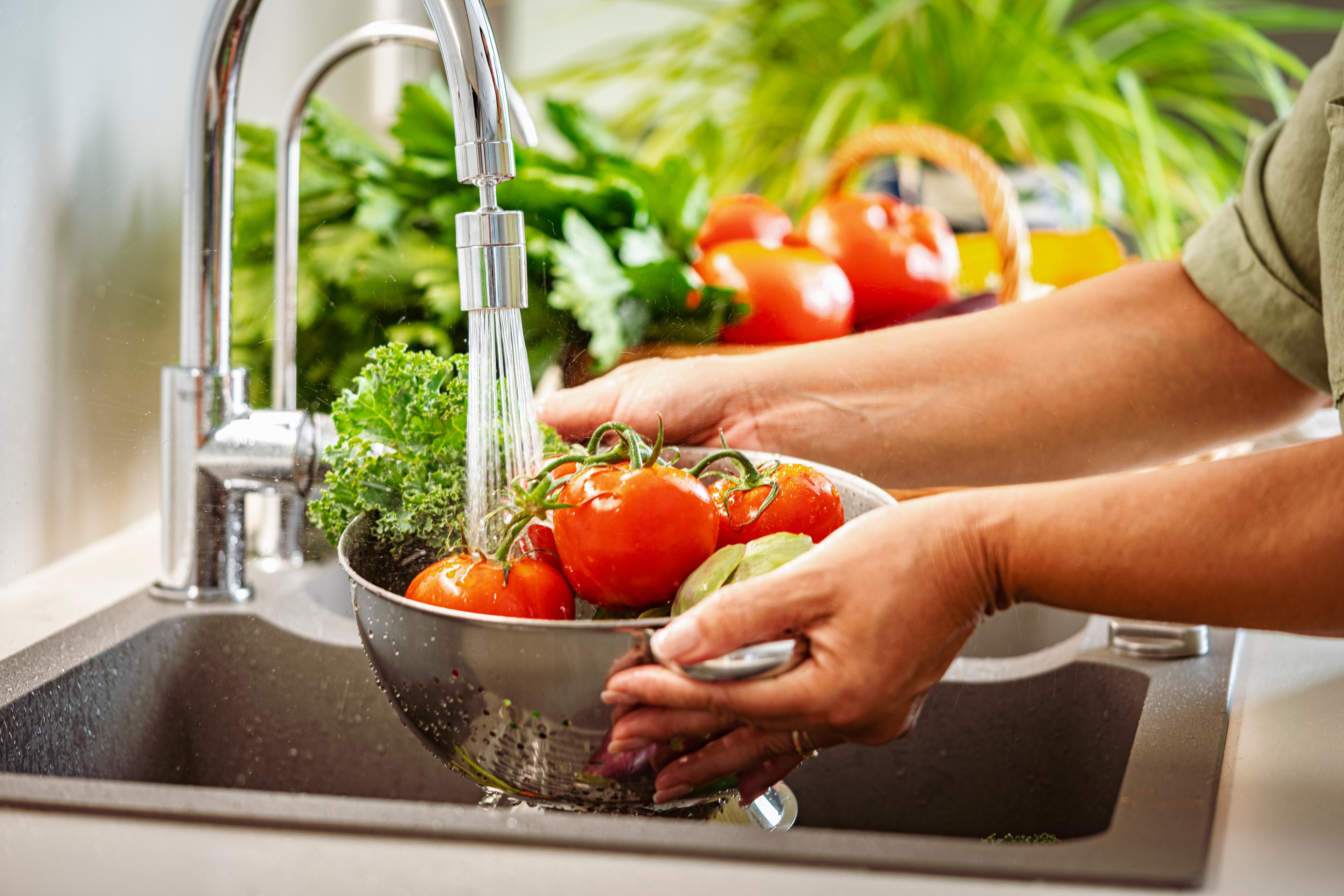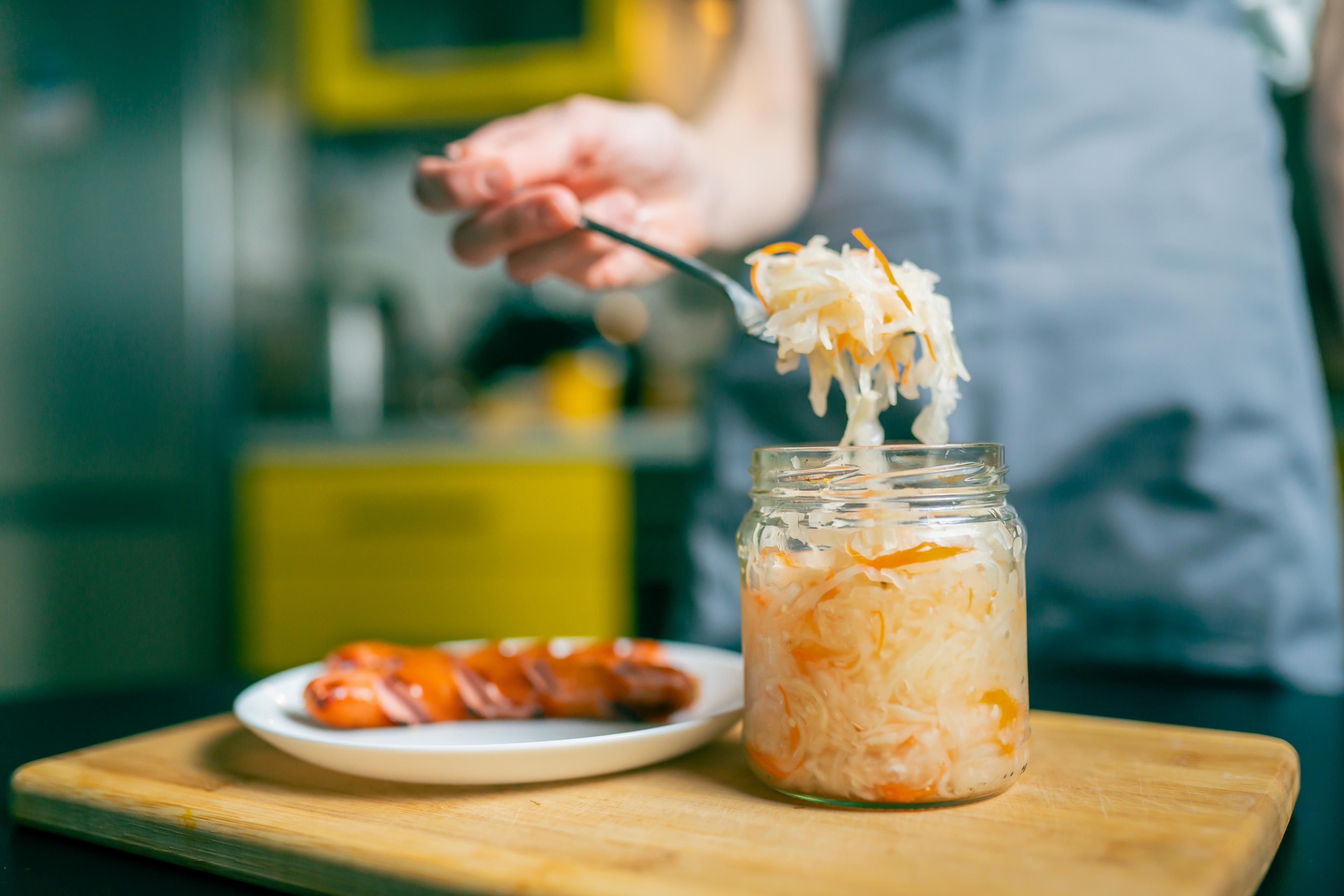How to Reduce Sodium in Your Thanksgiving Dinner
A Healthier Michigan
| 4 min read

You probably think the quantity of food consumed on Thanksgiving is the most important thing to keep your eye on, but you may want to watch sodium levels as well this Thanksgiving. The average American gets more than 3,400 mg of sodium a day. In an average Thanksgiving dinner, some sources suggest Americans have an estimated2,000 mg of sodium in one sitting.
The American Heart Association and the U.S. Department of Agriculture’s Dietary Guidelines for Americans recommend a daily sodium intake of less than 2,300 mg, or about one teaspoon of salt. The ideal limit is 1,500 mg a day for most adults, especially those with high blood pressure.
Most Americans get most of their sodium intake from processed or packaged foods in their diet, not by adding table salt to recipes or dishes. Foods can contain high levels of sodium without tasting salty. According to the Food and Drug Administration, 70% of sodium comes from eating packaged and prepared foods. It’s estimated that 40% of sodium intake in the typical American diet comes from:
- deli meat
- pizza
- burritos and tacos
- soups
- snacks like crackers, chips and popcorn
- poultry
- pasta dishes
- burgers
- egg dishes and omelets
Why is excess sodium intake a concern?
The body needs sodium to function properly, but most Americans get too much sodium in their diet. High levels of sodium draw water into the bloodstream, which results in increased blood pressure. This is one reason a diet high in sodium increases the risk of developing or exacerbating high blood pressure, which in turn increases the risk of heart disease and stroke. Some people are more sensitive to salt’s effect on blood pressure than others.
Hypertension is a condition which includes high blood pressure maintained over time. A diet with consistent high amounts of sodium can increase the risk of developing hypertension. The increased stress on the heart and cardiovascular system from hypertension can increase the risk of developing other conditions including heart attack, heart disease, diabetes, stroke and kidney failure. It can have detrimental effects to the functions of organs and the eyes.
Common sources of sodium in a Thanksgiving meal
A traditional Thanksgiving meal contains many foods that regularly contain high amounts of sodium, but don’t necessarily have to. These include:
- turkey
- stuffing
- green bean casserole
- mashed potatoes
- gravy
- rolls
- pies
Many of these foods don’t inherently include high levels of sodium but can depending on how they are prepared or processed. For instance, turkey is low in sodium, but has sodium added in the forms of saltwater injection, brines, rubs or other preparations. Pre-cooked turkeys may include even higher levels of sodium. This doesn’t mean you have to forgo all your favorite Thanksgiving dishes to keep the sodium intake in check, but you may need to consider how they are prepared, prepare them from scratch at home and be mindful of portions.
How to add flavor without adding sodium
Packaged soup packets, seasonings, spices and blends you may use in preparing dinner often include high levels of sodium. Look for low-sodium or no-salt versions of these seasonings or use other ingredients to add flavor to your favorite dishes, such as:
- fresh or dried herbs, instead of poultry seasoning or packaged spices or herbs
- citrus zest
- vinegar
- herb-infused oils
How to reduce sodium intake on Thanksgiving
In general, preparing food at home instead of purchasing processed or prepared Thanksgiving foods puts you more in control over sodium levels in your meal. Other ways to reduce sodium levels in your Thanksgiving meal include:
- stick to fresh vegetables, such as green beans, instead of canned
- if you do use canned vegetables, rinse them before use
- include potassium-rich foods in your salads and desserts such as spinach, broccoli rabe, beet greens, beans, squash, bananas and pumpkin
- practice portion control – you can still enjoy Thanksgiving foods in proper serving sizes
- add salt a little at a time, to taste, when cooking and following recipes
- taste food at the table before adding any table salt
You don’t have to avoid traditional Thanksgiving dishes and personal favorites. Just be mindful in the planning and preparation process to make choices that will result in a lower-sodium meal for the holiday.





